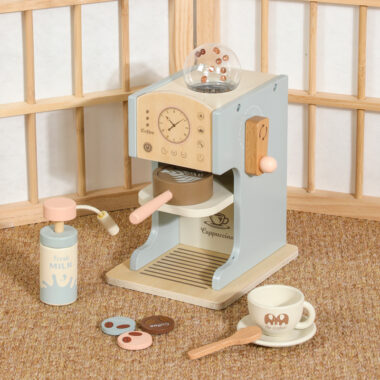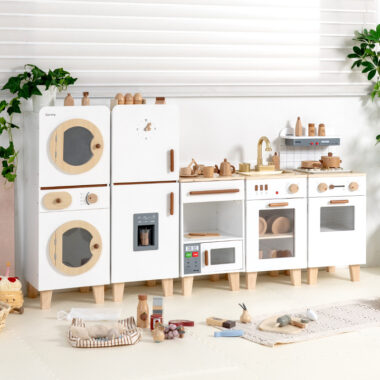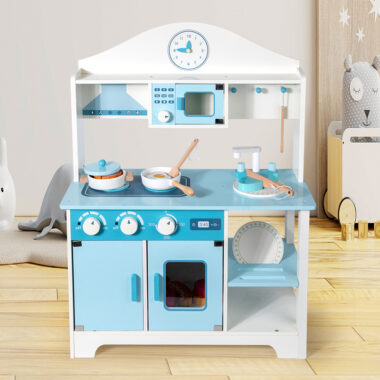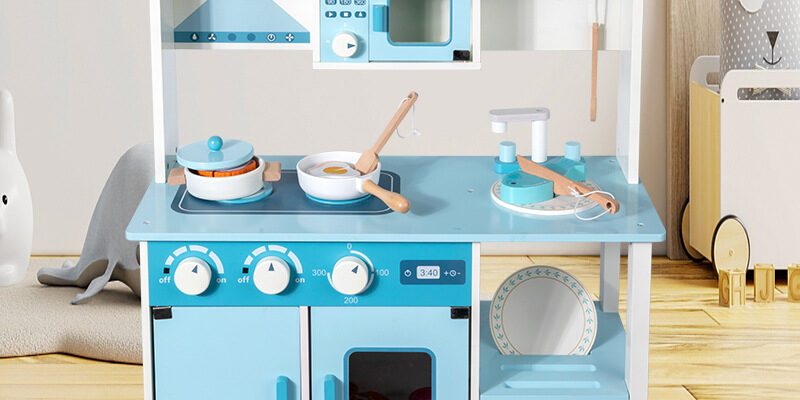🧸 Introduction: A Choice That Matters
Toys are more than entertainment—they shape how children play, learn, and interact with the world. For parents, educators, and brands alike, choosing between wooden toys and plastic toys isn’t just about looks or price. It’s a decision that impacts child safety, learning value, and even the environment.
In this article, we break down the key differences between wooden and plastic toys to help you make a smarter, more informed decision—whether you’re a brand sourcing custom toys or a parent filling a playroom.
🪵 1. Safety: Which Toys Are Safer for Children?
Wooden Toys
✅ Made from natural materials
✅ Often finished with non-toxic water-based paints
✅ Less likely to contain harmful chemicals like BPA or phthalates
✅ Heavier and more stable—reduces choking hazards from tiny pieces
Plastic Toys
⚠️ May contain harmful additives (especially in cheap or untested toys)
⚠️ Often includes small detachable parts
⚠️ Easily breakable, sometimes leaving sharp edges
🧠 Conclusion: Wooden toys are generally safer for younger children when sourced from reputable manufacturers who follow international safety standards (like EN71 or ASTM).
🌍 2. Environmental Impact: Which Is More Eco-Friendly?
Wooden Toys
✅ Biodegradable and recyclable
✅ Often made from FSC-certified or renewable sources like rubberwood
✅ Lower carbon footprint in long-term use
✅ Encourages “buy less, buy better” behavior
Plastic Toys
⚠️ Petroleum-based, non-biodegradable
⚠️ Often end up in landfills or oceans
⚠️ Shorter life span leads to frequent replacement
⚠️ Difficult to recycle, especially mixed plastics
🌿 Conclusion: Wooden toys are a clear winner when it comes to sustainability and reducing environmental waste.
🧠 3. Educational Value & Play Style
Wooden Toys
✅ Encourage open-ended play (e.g., blocks, puzzles, Montessori toys)
✅ Promote tactile learning and imagination
✅ Often used in early education systems
✅ Minimal distractions—no batteries, lights, or screens
Plastic Toys
⚠️ Often electronic or sound-based (can overstimulate)
⚠️ Focused on one function or character
⚠️ Passive play becomes more common
🧠 Conclusion: Wooden toys offer more developmental value and align with educational philosophies like Montessori or Waldorf.
💪 4. Durability and Longevity
Wooden Toys
✅ Strong, long-lasting, and heirloom-quality
✅ Can withstand drops, pressure, and wear
✅ Easy to repair or repaint
Plastic Toys
⚠️ Prone to cracks, fading, or breakage
⚠️ Often replaced rather than repaired
⚠️ Low-cost plastic can deform with heat or sunlight
🧱 Conclusion: For long-term value, wooden toys are more durable and sustainable.
💰 5. Cost Consideration: Upfront vs Long-Term
Wooden Toys
🔹 Higher initial cost due to material and craftsmanship
🔹 Lower replacement rate
🔹 Higher perceived value (especially for gifts or branding)
Plastic Toys
🔹 Lower upfront cost
🔹 Shorter lifespan
🔹 Mass production = low unit price
💡 Conclusion: While plastic toys are cheaper upfront, wooden toys offer better value over time—especially for brands focused on premium positioning.
🛍️ 6. Branding & Market Trends
-
Parents and schools are increasingly choosing plastic-free, sustainable options
-
Eco-conscious consumers are willing to pay more for natural materials
-
Wooden toys align with “slow parenting”, minimalism, and educational branding
-
Plastic toys remain strong in high-volume, low-cost markets—but face regulatory pressure
🛒 Conclusion: If your brand emphasizes quality, sustainability, or education, wooden toys reinforce your message and offer long-term market appeal.










